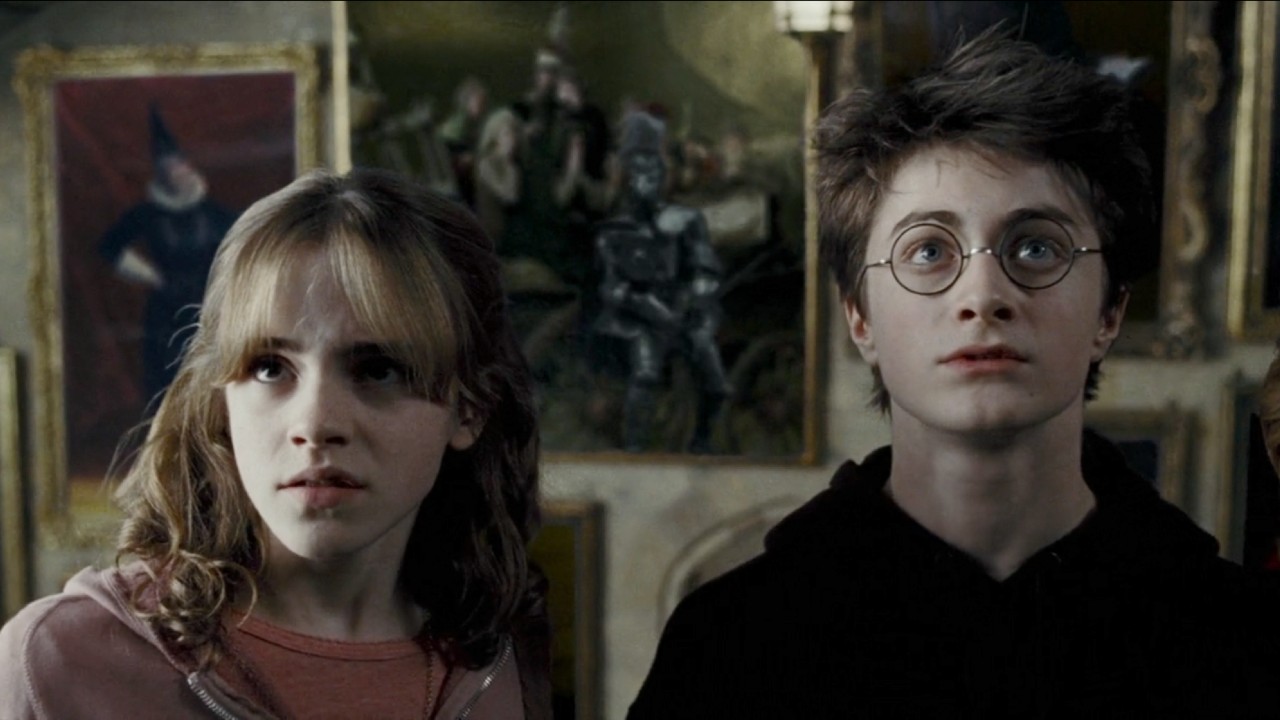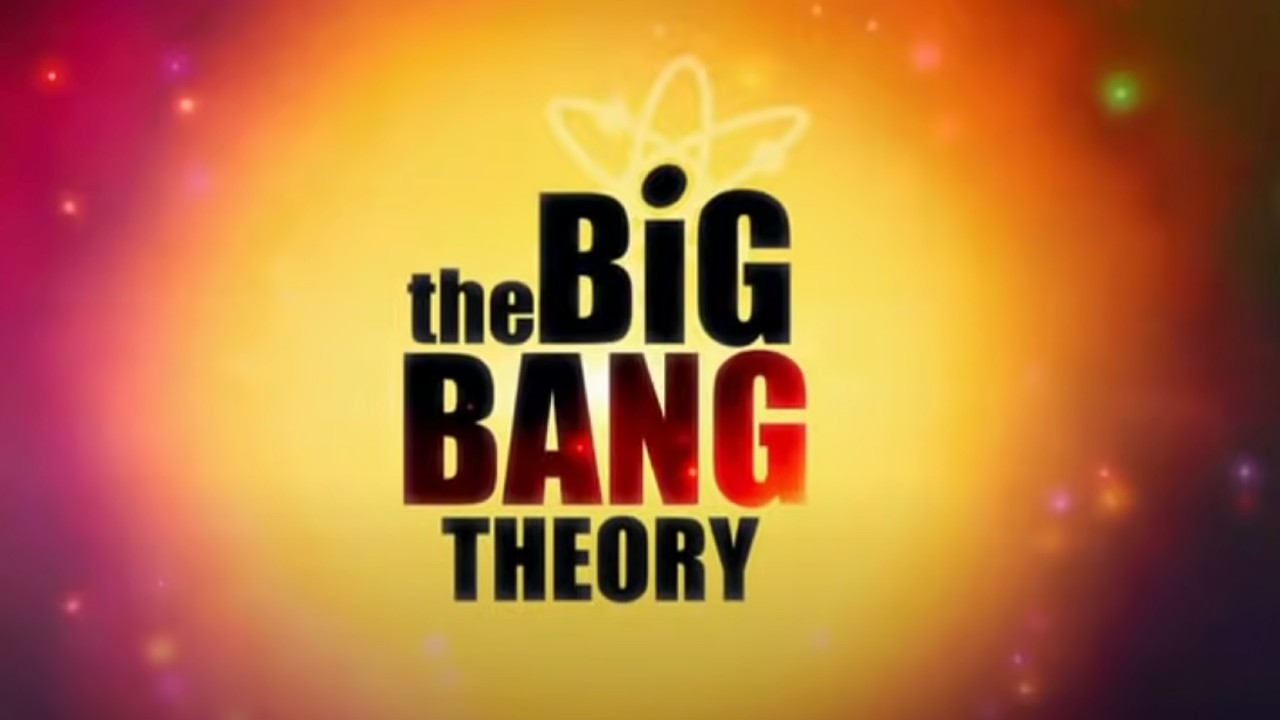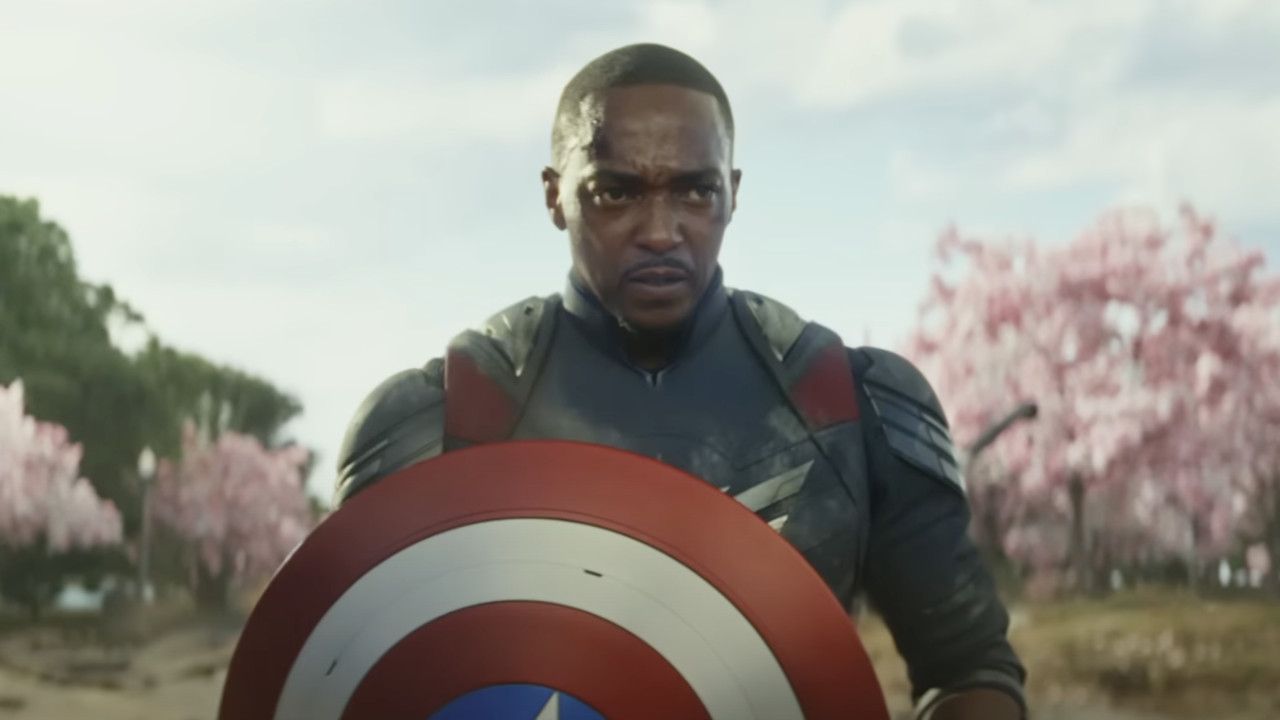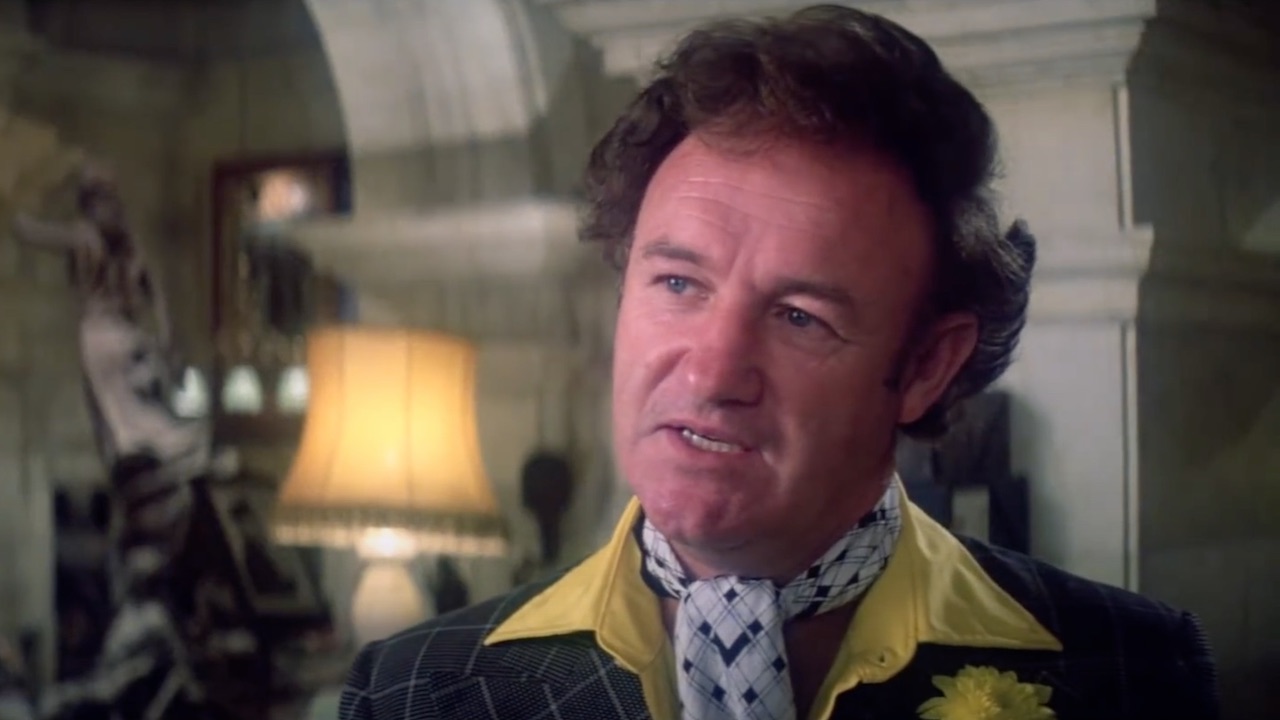Nvidia's Ray-Tracing Tech Proves The Moon Landing Really Happened
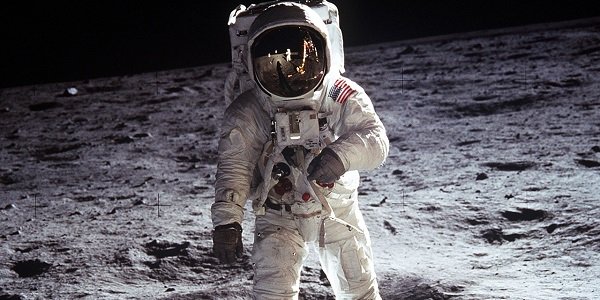
The folks over at Nvidia continue to turn small steps into giant leaps for technology and, with their latest GPU architecture, Turing, the developer feels confident they have proven the moon landing was not staged. It's something they felt confident about in a demo put together four years ago but, with even more technological advancements (especially in light behavior), Nvidia is confident anyone who could have faked the moon landing would have had to be a time traveler who stole their modern technology.
Over on the Nvidia blog, the developer has rolled out a refreshed demonstration of their lunar landing simulation, this time using their Turing technology. Look, I'm not going to pretend to know what half of this stuff means so much as muddle through it to the best of my ability, but I think I at least grasp the absolute basic thesis here. In short, Nvidia's new tech treats light more realistically than we have ever been able to manage and, by plugging in oodles of math and measurements and recreating the moon landing, their images are turning out exactly like those seen during the actual event.
Nvidia's claim is that, with Turing, light behaves the way it is supposed to, which isn't something you can really fake in even the most sophisticated Hollywood studio. So, when they ran their simulation that recreated the parameters of the actual moon landing, it would have looked totally different were the clips from half a century ago faked.
This presentation was part of a talk offered by Nvidia CEO Jensen Huang at GTC Europe in Munich last week. He credits real-time ray-tracing capabilities of Turing for being able to nip this particular conspiracy theory in the bud, which probably isn't sitting too well with members of the flat Earth community.
As for the animations, all of that was created using Unreal Engine 4. It's solid, but there's still a bit of an uncanny valley when it comes to realistic movement. But, again, that's not the important part of this demonstration; the light is.
Of course, all of this bleeding edge technology is extremely expensive right now, so most folks won't be able to take advantage of Turing to make games like Red Dead Redemption 2 (assuming Rockstar doesn't drop the ball on that one) or Black Ops 4 look better than ever. Still, it gives you a good idea of where games can go in the future, maybe when the technology isn't so pricey. You can take a look at some of Nvidia's presentation, below:
The above video is the latest iteration of Nvidia's demo highlighting the same moon landing they recreated four years ago, but now with Turing. Again, this is too far into the tech deep end for me, so my reaction is basically a nod of the head, followed by, "Well, okay, I guess that's neat." Actual tech hounds are pretty excited, though, so I'll take their word for it that this is pretty big news.
CINEMABLEND NEWSLETTER
Your Daily Blend of Entertainment News
Staff Writer for CinemaBlend.
One Of Harry Potter’s Newest TV Cast Members Has Already Had A Magical Time On One Of The Movie Sets
One Big Bang Theory Vet's Retirement News Is Disappointing To Hear, But I'm Still Hopeful The Character Can Live On
'Winds Of Winter Is 13 Years Late.' George R.R. Martin Gets Honest About Not Finishing Game Of Thrones Books, But He Has Some Beef With The Critics

